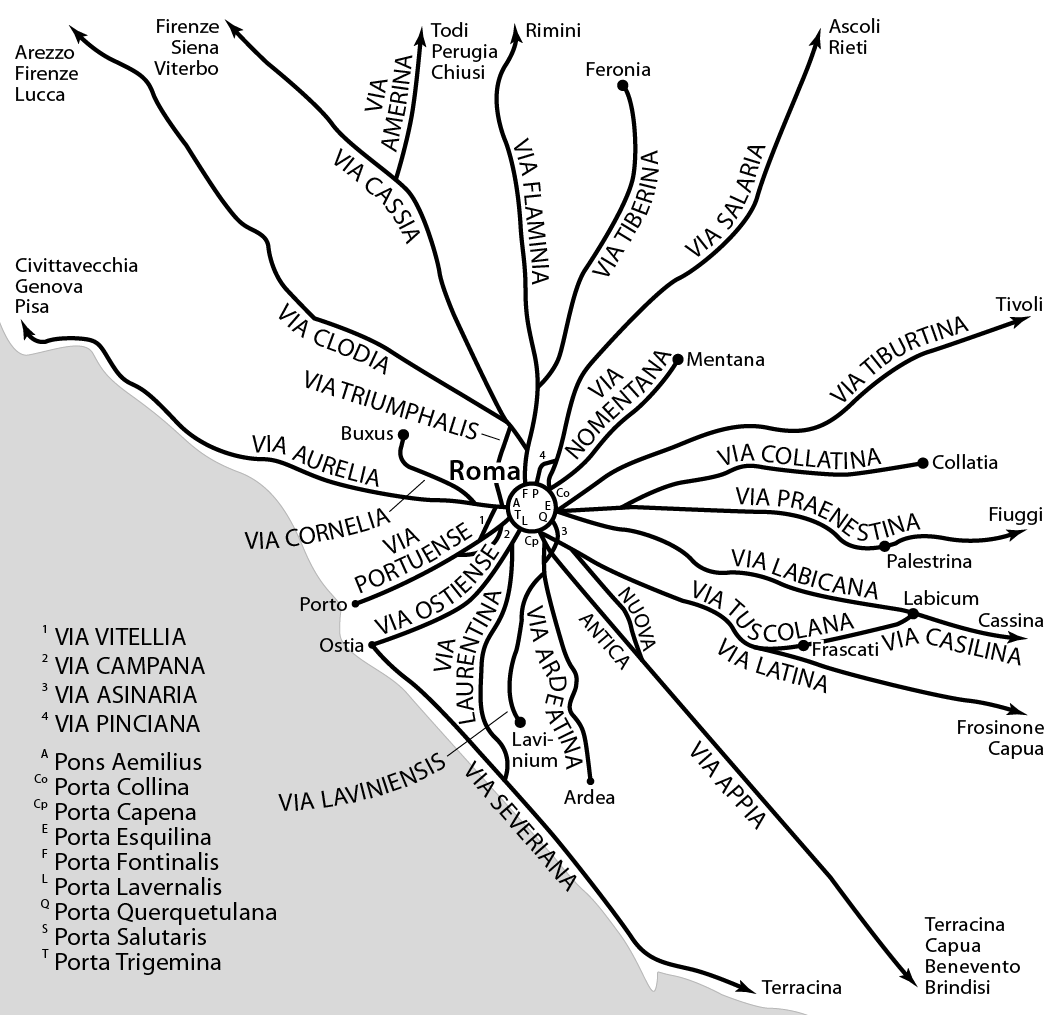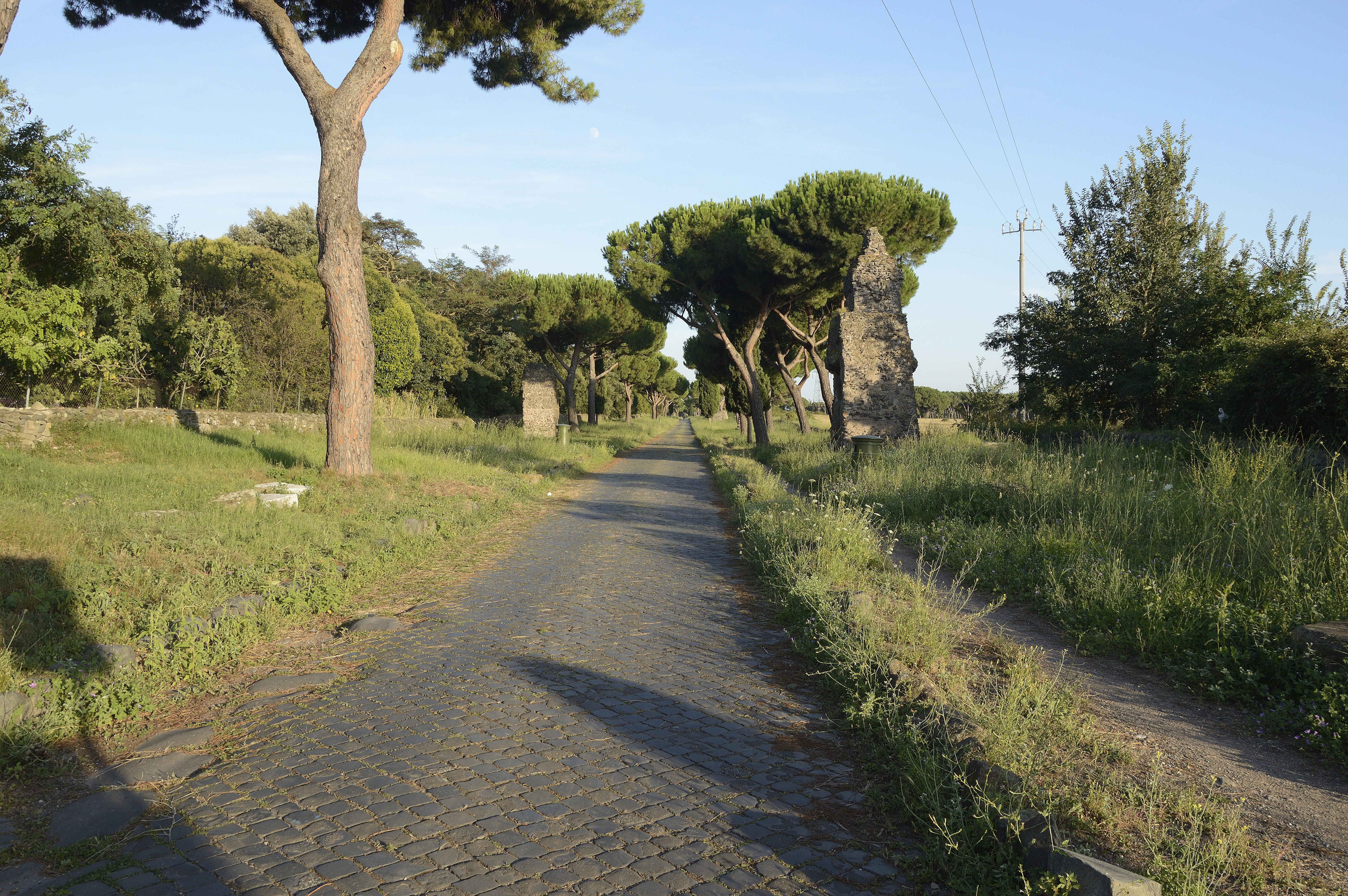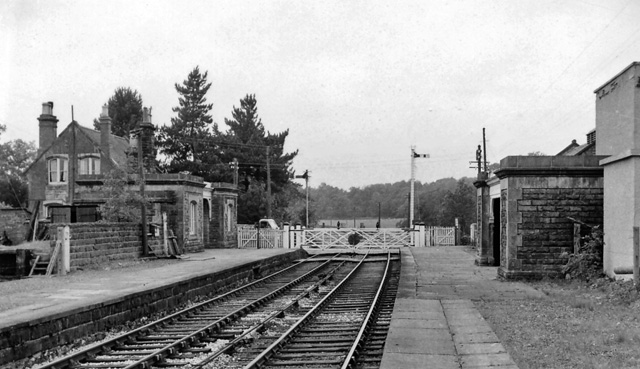|
Kirkby Lonsdale
Kirkby Lonsdale () is a town and civil parish in the Westmorland and Furness district of Cumbria, England, on the River Lune. Historically in Westmorland, it lies south-east of Kendal on the A65. The parish recorded a population of 1,771 in the 2001 census, increasing to 1,843 at the 2011 Census. Notable buildings include St Mary's Church, a Norman building with fine carved columns. The view of the River Lune from the churchyard is known as Ruskin's View after John Ruskin, who called it one of the loveliest in England. It was painted by J. M. W. Turner. Governance Kirkby Lonsdale is in the Morecambe and Lunesdale parliamentary constituency; Lizzi Collinge of the Labour Party was elected as its Member of Parliament at the 2024 general election. In local government the town is within Westmorland and Furness. Until 2023 it was in the Kirkby Lonsdale ward of South Lakeland District Council and the Sedbergh & Kirkby Lonsdale Division of Cumbria County Council. It has ... [...More Info...] [...Related Items...] OR: [Wikipedia] [Google] [Baidu] [Amazon] |
St Mary's Church, Kirkby Lonsdale
St Mary's Church is in the town of Kirkby Lonsdale, Cumbria, England. It is an active Anglican parish church in the deanery of Kendal, the archdeaconry of Westmorland and Furness, and the diocese of Carlisle. Its benefice is united with those of six local churches to form the Kirkby Lonsdale Team Ministry. The church contains Norman architecture and is recorded in the National Heritage List for England as a designated Grade I listed building. History The oldest parts of the church are Norman. Three doorways and the inner north arcades date from the early 12th century, and the base of the tower and the south arcade are from the later part of that century. In the 14th century (or possibly about 1400) the north and south walls of the church were demolished and were rebuilt further outwards, the new south wall incorporating the earlier south doorway. A chantry chapel was added to the northeast of the church in 1486. In the 16th century a new clerestory, pi ... [...More Info...] [...Related Items...] OR: [Wikipedia] [Google] [Baidu] [Amazon] |
Westmorland And Furness
Westmorland and Furness is a Unitary authorities of England, unitary authority area in Cumbria, England. The economy is mainly focused on tourism around both the Lake District and Cumbria Coast, shipbuilding and the Royal Port of Barrow, Royal Port in Barrow-in-Furness, and agriculture in the rural parts of the area. The council area was formed on 1 April 2023, on the abolition of Cumbria County Council. The council covers the areas formerly served by the districts of Borough of Barrow-in-Furness, Barrow-in-Furness, Eden District, Eden, and South Lakeland, which also ceased to function. It includes all of the area of the historic county of Westmorland as well as the Furness district of historic Lancashire. It also incorporates a very small part of historic Yorkshire, together with about a quarter of the area of (but only 10% of the population of) the historic county of Cumberland. The other part of Cumbria, to the north and west, forms the unitary authority area of Cumberland (u ... [...More Info...] [...Related Items...] OR: [Wikipedia] [Google] [Baidu] [Amazon] |
Member Of Parliament (United Kingdom)
In the United Kingdom, a Member of Parliament (MP) is an individual elected to serve in the House of Commons of the United Kingdom, House of Commons, the lower house of the Parliament of the United Kingdom. Electoral system All 650 members of the UK House of Commons are elected using the first-past-the-post voting system in single member United Kingdom Parliament constituencies, constituencies across the whole of the United Kingdom, where each constituency has its own single representative. Elections All MP positions become simultaneously vacant for elections held on a five-year cycle, or when a snap election is called. Since the Dissolution and Calling of Parliament Act 2022, Parliament is automatically dissolved once five years have elapsed from its first meeting after an election. If a Vacancy (economics), vacancy arises at another time, due to death or Resignation from the British House of Commons, resignation, then a constituency vacancy may be filled by a by-election. Un ... [...More Info...] [...Related Items...] OR: [Wikipedia] [Google] [Baidu] [Amazon] |
Roman Milestone
Roman roads ( ; singular: ; meaning "Roman way") were physical infrastructure vital to the maintenance and development of the Roman state, built from about 300 BC through the expansion and consolidation of the Roman Republic and the Roman Empire. They provided efficient means for the overland movement of armies, officials, civilians, inland carriage of official communications, and trade goods. Roman roads were of several kinds, ranging from small local roads to broad, long-distance highways built to connect cities, major towns and military bases. These major roads were often stone-paved and metaled, cambered for drainage, and were flanked by footpaths, bridleways and drainage ditches. They were laid along accurately surveyed courses, and some were cut through hills or conducted over rivers and ravines on bridgework. Sections could be supported over marshy ground on rafted or piled foundations.Corbishley, Mike: "The Roman World", page 50. Warwick Press, 1986. At the peak of ... [...More Info...] [...Related Items...] OR: [Wikipedia] [Google] [Baidu] [Amazon] |
Over Burrow Roman Fort
Over Burrow Roman Fort is the modern name given to a former Roman fort at Over Burrow (or Burrow-in-Londsale), Lancashire in North West England. Today it is the site of the 18th-century country house Burrow Hall. The first castra is thought to have been founded in the first century AD within the Roman province of Britannia. The fort's Roman name is not known, but is assumed to be one of those recorded in Route X of the Antonine Itinerary. ''Galacum'' or ''Calacum'', originally conjectured by William Camden, was still being proposed in 1979. However, in 1998 David Shotter suggested that ''Galacum'' would be more appropriately applied to Lancaster and '' Alone'' (previously assigned to Watercrook in Cumbria) for Over Burrow. Camden also associated the site with Ptolemy's , one of the cities of the Brigantes. The fort is likely the origin of the modern name as Burrow comes from the Old English meaning fortified place. History The fort was likely built on the slight prominence no ... [...More Info...] [...Related Items...] OR: [Wikipedia] [Google] [Baidu] [Amazon] |
Tebay
Tebay is a village and civil parish in Cumbria, England, within the Historic counties of England, historic borders of Westmorland. It lies in the upper River Lune, Lune Valley, at the head of the Lune Gorge. The parish had a population of 728 in the 2001 census, increasing to 776 at the Census 2011. Old Tebay lies to the north of Tebay at . Historically a sheep farming area, the arrival of the railway led to increased prosperity. History To the north, occupying a strategic position by the River Lune, now close to the M6 motorway, are the earthwork remains of a motte and bailey castle known as Castle Howe. During the Roman Britain, Roman occupation a Roman road followed the course of the River Lune linking the Roman fort at Low Borrowbridge near Tebay with one at Over Burrow Roman Fort, Over Burrow south of Kirkby Lonsdale. Another road, recently discovered using LIDAR, linked the fort at Low Borrowbridge with the fort to the north at Kirkby Thore, and thence to Whitley Castl ... [...More Info...] [...Related Items...] OR: [Wikipedia] [Google] [Baidu] [Amazon] |
Roman Road
Roman roads ( ; singular: ; meaning "Roman way") were physical infrastructure vital to the maintenance and development of the Roman state, built from about 300 BC through the expansion and consolidation of the Roman Republic and the Roman Empire. They provided efficient means for the overland movement of armies, officials, civilians, inland carriage of official communications, and trade goods. Roman roads were of several kinds, ranging from small local roads to broad, long-distance highways built to connect cities, major towns and military bases. These major roads were often stone-paved and metaled, cambered for drainage, and were flanked by footpaths, bridleways and drainage ditches. They were laid along accurately surveyed courses, and some were cut through hills or conducted over rivers and ravines on bridgework. Sections could be supported over marshy ground on rafted or piled foundations.Corbishley, Mike: "The Roman World", page 50. Warwick Press, 1986. At the peak of ... [...More Info...] [...Related Items...] OR: [Wikipedia] [Google] [Baidu] [Amazon] |
Hutton Roof, South Lakeland
Hutton Roof is a village and civil parish in the Westmorland and Furness district of Cumbria, England, close to Kirkby Lonsdale and Hutton Roof Crags. Historically in Westmorland, the parish includes the hamlet of Newbiggin. In the 2001 census the parish had a population of 193, increasing at the 2011 census to 218. Army Chaplain and Victoria Cross recipient Theodore Hardy (1863-1918) was Vicar of Hutton Roof while serving in the First World War World War I or the First World War (28 July 1914 – 11 November 1918), also known as the Great War, was a World war, global conflict between two coalitions: the Allies of World War I, Allies (or Entente) and the Central Powers. Fighting to .... See also * Listed buildings in Hutton Roof, Kirkby Lonsdale Further reading * References External links Cumbria County History Trust: Hutton Roof (Westmorland)(nb: provisional research only – see Talk page) * Villages in Cumbria Civil parishes in Cumbria {{Cumbr ... [...More Info...] [...Related Items...] OR: [Wikipedia] [Google] [Baidu] [Amazon] |
Middleton, Cumbria
Middleton is a village and civil parish on the A683 road, in the Westmorland and Furness unitary authority area, in the ceremonial county of Cumbria, England. Middleton has a church called Holy Ghost Church and a pub called The Head at Middleton. Middleton railway station was opened in 1861 and closed in 1931. The population of the civil parish as taken at the 2011 Census was less than 100. It is therefore included in the parish of Dent. From 1974 to 2013 it was in South Lakeland South Lakeland was a local government district in Cumbria, England, from 1974 to 2023. Its council was based in Kendal. The district covered the southern part of the Lake District region, as well as northwestern parts of the Yorkshire Dales. A ... district. See also * Listed buildings in Middleton, Cumbria References External links Cumbria County History Trust: Middleton(nb: provisional research only – see Talk page) Villages in Cumbria Civil parishes in Cumbria Westmorland and F ... [...More Info...] [...Related Items...] OR: [Wikipedia] [Google] [Baidu] [Amazon] |
Barbon
Barbon is a village and civil parish in Cumbria, England. According to the 2001 census it had a population of 263, which decreased to 236 according to the 2011 Census. The church is dedicated to St Bartholomew. The village is about north of Kirkby Lonsdale and north of Casterton. Barbon Beck flows through, and takes its name from the village before flowing into the River Lune. The A683 road passes to the west of the village between Kirkby Lonsdale and Sedbergh. The village has been within the Yorkshire Dales National Park since 1 August 2016. Description The village was the childhood home of the poet Catherine Grace Godwin who died here in 1845.The Poetical Works of the Late Great Catherine Grace Godwin A.Cleveland Wigan, 1854 Barbon is the location of [...More Info...] [...Related Items...] OR: [Wikipedia] [Google] [Baidu] [Amazon] |
Neolithic
The Neolithic or New Stone Age (from Ancient Greek, Greek 'new' and 'stone') is an archaeological period, the final division of the Stone Age in Mesopotamia, Asia, Europe and Africa (c. 10,000 BCE to c. 2,000 BCE). It saw the Neolithic Revolution, a wide-ranging set of developments that appear to have arisen independently in several parts of the world. This "Neolithic package" included the History of agriculture, introduction of farming, domestication of animals, and change from a hunter-gatherer lifestyle to one of sedentism, settlement. The term 'Neolithic' was coined by John Lubbock, 1st Baron Avebury, Sir John Lubbock in 1865 as a refinement of the three-age system. The Neolithic began about 12,000 years ago, when farming appeared in the Epipalaeolithic Near East and Mesopotamia, and later in other parts of the world. It lasted in the Near East until the transitional period of the Chalcolithic (Copper Age) from about 6,500 years ago (4500 BCE), marked by the development ... [...More Info...] [...Related Items...] OR: [Wikipedia] [Google] [Baidu] [Amazon] |



